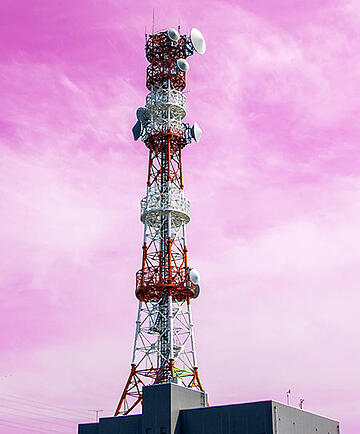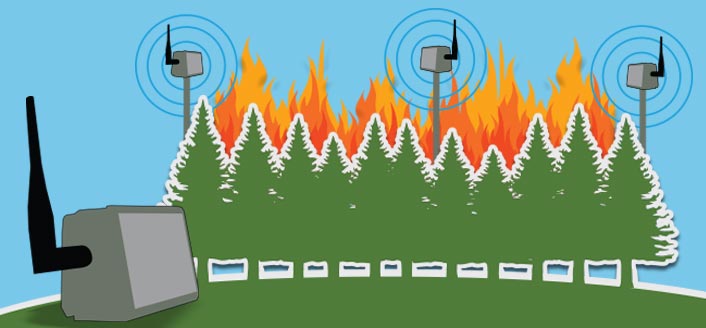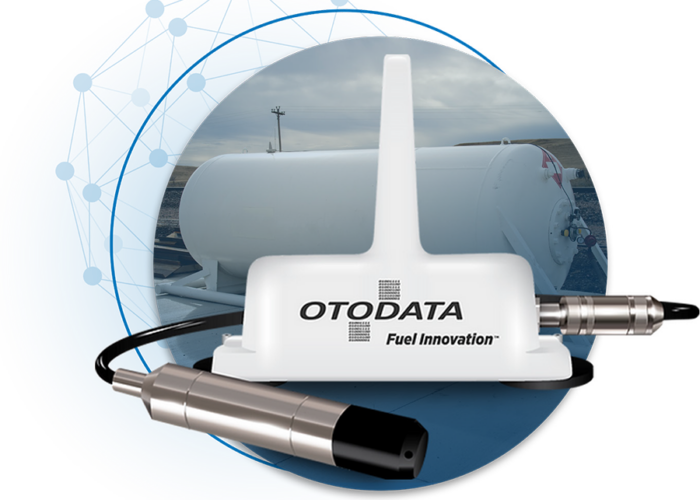According to Verisks 2017 Wildfire Risk Analysis, 4.5 million homes in the United States were identified at high or extreme risk of being destroyed in a wildfire, with more than 2 million in California alone. While the exact origins of wildfires are sometimes hard to determine, the National Park Service reports that nearly 85% of U.S. wildland fires are caused by human activities, such as power lines sparking dry grasses.
With wildfires raging for longer each season and growing in number, scope, and deadliness, local governments and motivated companies are investing in new ways to detect, contain, and control these fires before they grow out of hand.
Early Detection is Key to Containing Wildfires
The earlier a wildfire is discovered, the easier it is to contain; when dangerous conditions are detected before a fire breaks out, authorities can prevent them before they start. In large forests, however, early detection is a task that is extremely difficult. Before the advent of aircraft monitoring and GPS technology, local regions that are prone to wildfires depended on trends, weather reports, luck, and an army of seasonal fire lookout workers to detect fires. Today, technology powered by the Internet of Things (IoT) can overcome many of these issues (plus those created by climate change) by leveraging the unparalleled monitoring capabilities provided by IoT infrastructure.
LADSensors is an emerging fire detection and management platform that utilizes IoT sensor technology alongside artificial intelligence algorithms to predict, detect, and manage fire incidents in forests. By measuring metrics such as temperature, ambient CO2 levels, humidity, wind direction, and speed, LADSensors not only detects the presence of a fire, but also predicts where it will spread.
Since many wildfires start in locations where traditional cellular service is spotty, LADSensors developed an infrastructure using LoRa connectivity, which is more adaptable and flexible in remote areas. Sensors are placed in a field or forest up to 15 km apart, gathering values every few minutes that might indicate the presence of a fire. These sensors send the data to a LoRa gateway, where it is processed through an AI platform to provide a detailed, comprehensive view of conditions in a monitored area. If a fire (or the likelihood of a fire) is detected, emergency containment crews can be sent to the area to execute deterrent strategies.
Stop Issues Before They Start with Aeris
Wildfires are a constant and growing threat to forested areas that experience extended dry seasons. As their frequency and severity continue to grow, it will take adaptive, innovative solutions to detect, contain, and ultimately quash them before they spread to endanger habitats and communities.
Aeris Intelligent IoT Network delivers unparalleled, scalable, cost-effective, and secure IoT solutions for any application. From global cellular data connectivity to industry-leading device management and IoT infrastructure platforms, Aeris sets standards for tomorrows enterprise IoT deployments. Aeris clients can rely on future-proven, always-on connectivity anywhere in the world, benefitting from industry-leading experience in the most unique deployments.
To learn more about our connectivity solutions and how they can apply to your innovative solution, contact Aeris today.




